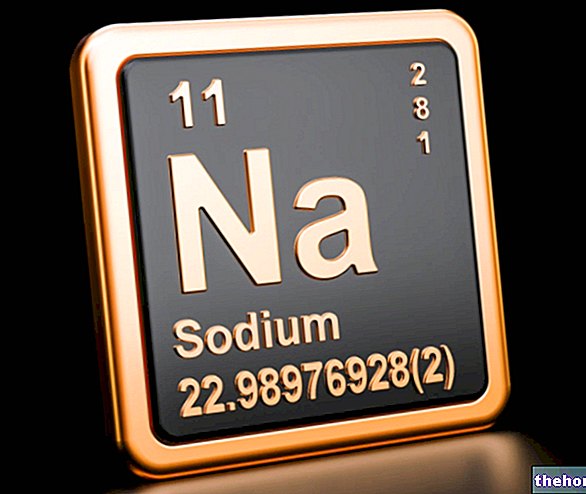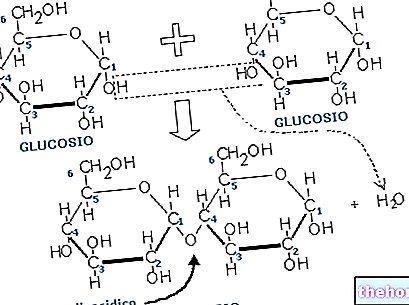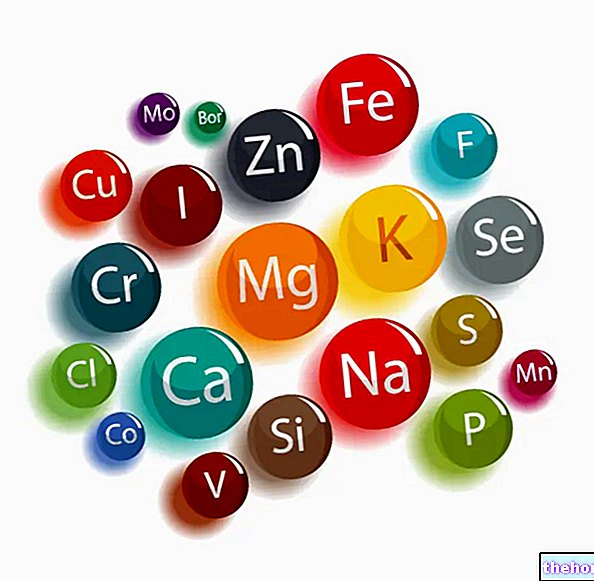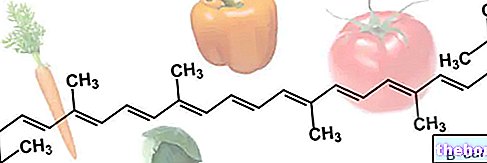What is Resistant Starch
Resistant starch (in English Resistant Starch - RS) constitutes 1/10 of the food starch; it is a nutritional molecule which, for one reason or another, is NOT digestible by the salivary and pancreatic enzymes of the human being;

Types
The best known types of resistant starch are 4:
- physically included resistant starch - RS1,
- native granular resistant starch - RS2,
- retrograded resistant starch - RS3
- chemically transformed resistant starch - RS4.
Although different from each other, these 4 types of resistant starch share two chemical and physical characteristics, such as: linear structure of amylose and α-amylase resistance.
Let's see them in more detail:
- Physically resistant starch included - RS1: the physically included resistant starch is a portion of amylose retained by the plant structures of the food; to be clearer, a typical example of foods containing physically included resistant starch is given by whole grains and legumes, cooked, NOT properly chewed. These, physically shielding themselves from amylases during digestion, reach the colon intact and ready for fermentation.
- Native granular resistant starch - RS2: native granular resistant starch is a compact and partially crystallized starch which, FROM CRUDO, is immune from the aggression of α-amylases; on the other hand, by subjecting it to cooking, the native granular resistant starch undergoes GELATINIZATION and can be attacked by man's salivary and pancreatic enzymes. This process is one of the reasons why both cereals and legumes to be digested they first need a heat treatment.
- Resistant retrograde starch - RS3: retrograded resistant starch constitutes the OPPOSITE product of native granular resistant starch; RS3 is formed following excessive heat exposure of the starch which, after having gelatinized, returns to a form more similar to the initial granular one.
- Chemically transformed resistant starch - RS4: chemically transformed resistant starch is a type of starch which has interacted with other molecules or which in any case has undergone profound chemical-structural alterations; chemically transformed resistant starches are: esters, ethers and other starch complexes.
Dietary functions
Even if it is not digestible, resistant starch interacts positively with the human organism since, by gelling together with the other components of viscous fiber, it positively modulates the absorption of carbohydrates (lowering the glycemic index) and that of lipids (retaining some from the " absorption, including cholesterol); moreover, resistant starch and its derivatives of anaerobic fermentation (short-chain fatty acids: acetic acid, propionic acid and butyric acid) represent a valid growth substrate for the physiological bacteria of the intestinal flora, acquiring a remarkable PREbiotic function.
There is no need to remember that good intestinal flora is essential for the hygienic preservation of the colon and many other functions.




























